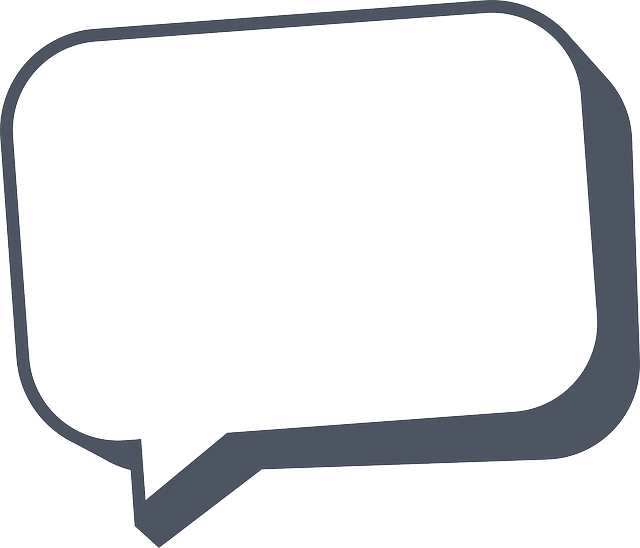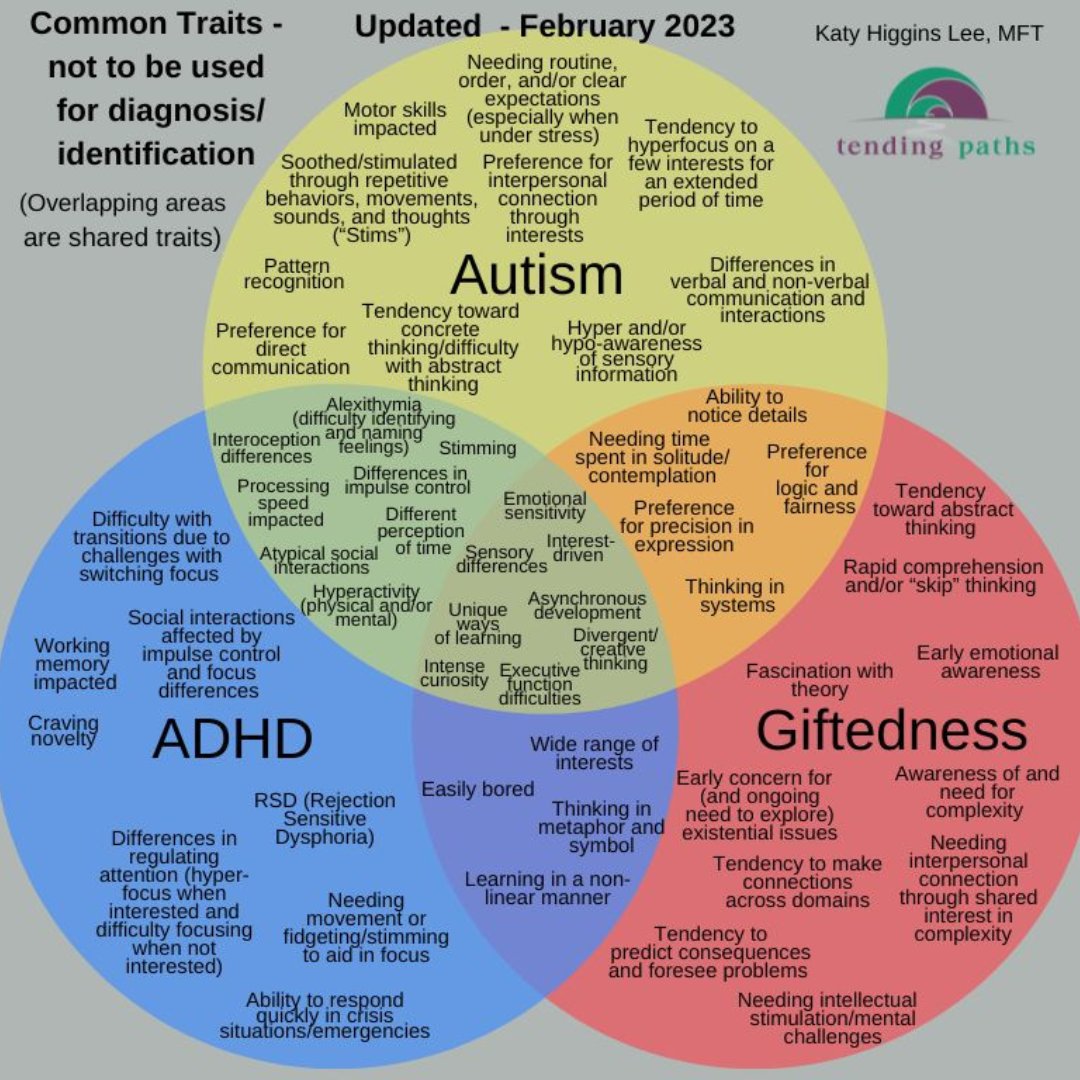
Landing Pages
Landing Pages
Well-written landing pages produce responses, revenue and results significantly beyond many other forms of marketing, which is why you see them nearly everywhere you look online these days. A landing page is designed to quickly rivet your Ideal Client in place with just a few words that speak to his or her specific challenge.
Landing pages differ from most website home pages by throwing a spotlight on a specific pain, problem, predicament or pleasure and a company’s solution. In sharp contrast, most home pages promote a variety of general service offerings. A landing page is a unique gateway through which search engines beckon your Ideal Clients to discover the specific product or service they’re actively looking for.
Here’s an example. Suppose you’re in the medical spa business. Your website will likely promote various types of therapeutic massages, several different types of medical skin treatments (dermabrasion, facial peels, fillers, and the like), and your expertise and staff credentials. All well and good.
But when posting a landing page, you target a specific type of client—someone who is unhappy with the wrinkles, or the age spots, or the laugh lines that make looking in the mirror a trial. By dedicating a full page to each of these topics in turn, you appear more like a specialist in the field, so you’ll attract individuals who don’t want to risk being taken in by a generalist or a less well-qualified practitioner.
Landing pages are most commonly associated with search engine results and PPC (pay-per-click) Google Adwords. Visitors click in to your landing page as a result of buying into any online ad, email, social media, or other type of targeted promotion.
A well-written landing page meets the expectations of the people who land on it. It speaks only to the topic that drew them there. Do this right and you’ll have a hot lead to nurture and convert into a buyer.
The perfect landing page offers limited options. There is no navigation menu, side bar or link to distract from it. As a result, landing pages almost always increase conversion rates by focusing, laser-like, on a specific marketing objective.
The sole purpose of a landing page is lead generation, usually in the form of an opt-in via an email address. Anyone who is willing to leave their email address is giving you permission to engage with them so you can convert them to a customer over time if you do the rest remarkably well.
When you’re ready to target a specific Ideal Client demographic—one you know will respond to a pointed, specific offer—it’s time for a landing page. Let’s talk!


